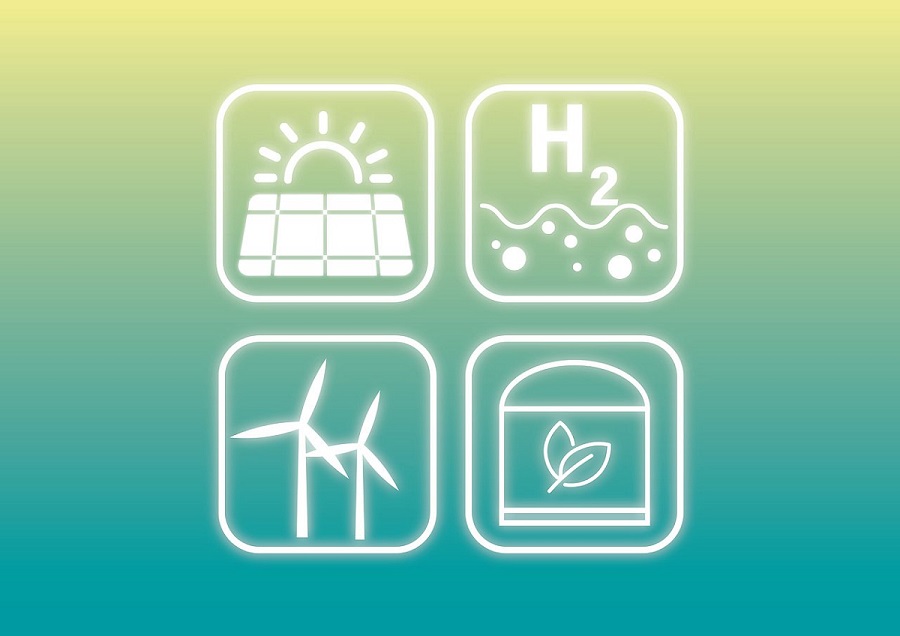Green hydrogen production and trading must be more affordable than domestic production to balance the higher transportation expenses in order for hydrogen trade to be cost-effective. According to a recent study series from the International Renewable Energy Agency (IRENA), the trade of hydrogen greatly enhances the diversity and resilience of the global energy system.
The relevance of the upcoming hydrogen trade is demonstrated by the study, “Global hydrogen commerce to fulfill the 1.5°C climate goal.” As projects grow in scope and technology becomes more advanced, trade enables nations to get inexpensive hydrogen. International trade via pipelines and ships might provide a fifth of the world’s hydrogen needs.
Three-quarters of the world’s hydrogen would still be generated and consumed locally in 2050 due to declining prices for renewable energy sources and the hydrogen potential outstripping the world’s energy consumption by a factor of 20. This is a dramatic shift from the oil market of today when the majority is traded globally.
“Having access to abundant renewables will not be enough to win the hydrogen race, it’s also necessary to develop hydrogen trade”, IRENA’s Director-General Francesco La Camera said. “It is true that hydrogen trade offers multiple opportunities from decarbonizing industry to diversifying supplies and improving energy security. Energy importers can become the exporters of the future.”
By 2050, hydrogen will meet 12% of the world’s energy needs while reducing 10% of CO2 emissions, according to IRENA’s World Energy Transitions Outlook. But in order for hydrogen to be a practical climate solution, the energy required to manufacture it must be used in conjunction with the electrification of the energy system, which places a larger reliance on renewable energy at the center of the change.
According to the latest sources, half of the hydrogen will be exchanged via primarily already-existing, repurposed gas pipes, significantly lowering transportation costs. The majority of the other half would be made up of intercontinental hydrogen commerce and shipping of green ammonia.
The hydrogen industry will draw increasing amounts of investment as hydrogen becomes a more widely traded commodity globally. By 2050, it would take roughly $4 trillion in investments to meet the world’s demand. The required investment will need to be leveraged using net zero-aligned financial instruments.
The newly disclosed modeling methodology may be used to evaluate important factors that will impact the next trade flows. The cost and possibilities of green hydrogen production and supply, as well as a technological evaluation of hydrogen carriers, were the subject of two preceding studies in this series, which are now complete.

